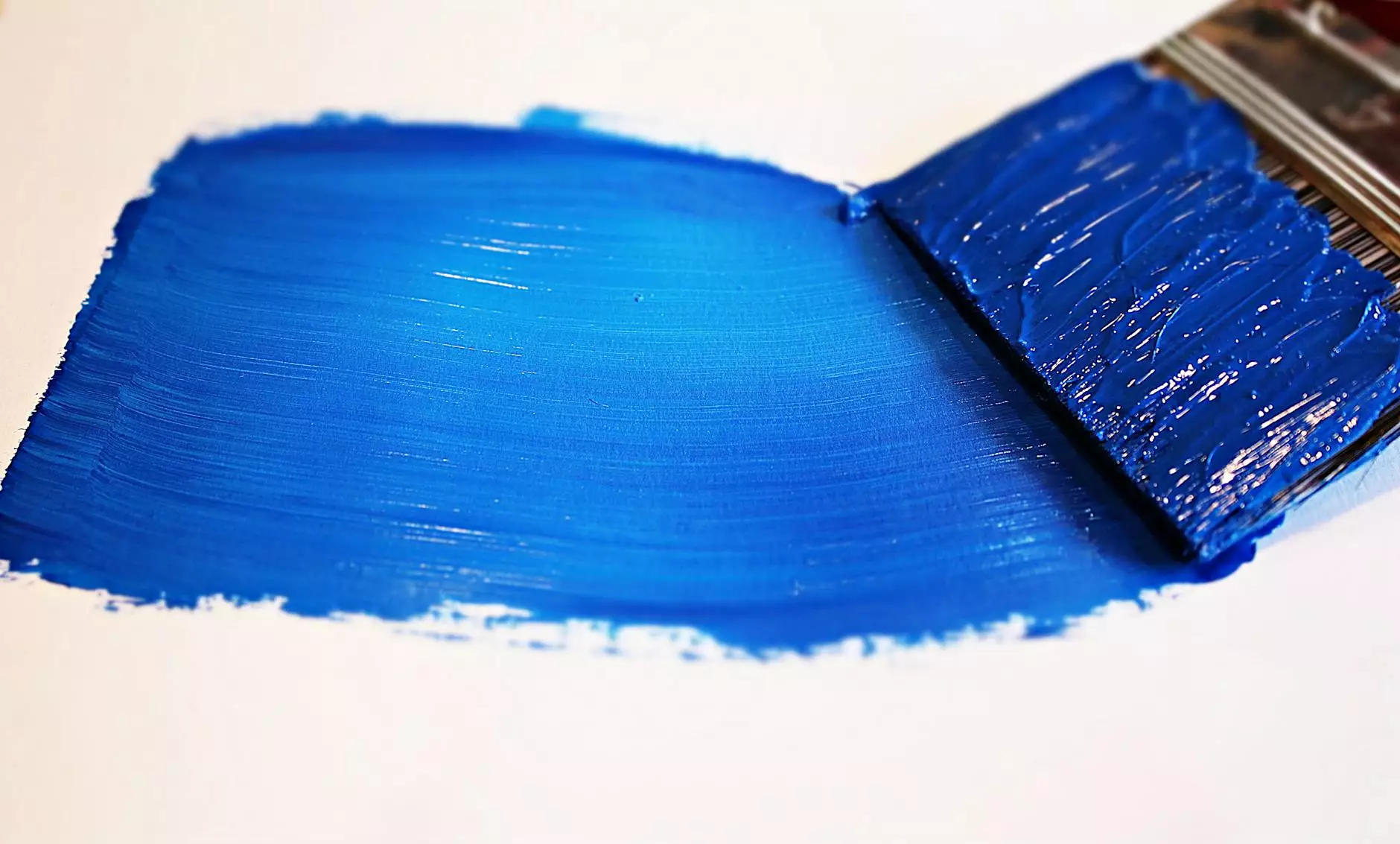Understanding Discoloration Spots on Legs: Causes, Treatments, and Prevention

Discoloration spots on legs can be a source of concern for many individuals. These spots may vary in color, size, and appearance, and they can be caused by a variety of factors. In this comprehensive guide, we will explore everything you need to know about discoloration spots on legs, including potential causes, available treatments, and effective prevention strategies.
What Are Discoloration Spots on Legs?
Discoloration spots on legs refer to any changes in skin color that can appear on the legs. These changes can manifest as dark patches, light spots, or bruise-like marks, and their presence can be attributed to an array of underlying conditions or external factors. Understanding the nature of these spots is crucial to determining the best approach to treatment.
Common Causes of Discoloration Spots on Legs
Discoloration can arise from various sources. Here are some of the most common causes:
1. Vascular Issues
Conditions affecting the blood vessels can lead to discoloration. For instance, venous insufficiency, where the veins cannot pump enough blood back to the heart, may result in dark spots due to blood pooling.
2. Hyperpigmentation
This is a common skin condition where patches of skin become darker than the surrounding areas. Sun exposure, hormonal changes, and medication can trigger hyperpigmentation on the legs.
3. Bruising
Injury to the leg may result in bruising, leading to temporary discoloration. As the bruise heals, the color will change from blue to green to yellow before disappearing.
4. Post-Inflammatory Hyperpigmentation
After an injury or skin condition like eczema or acne, the affected area may become darker than the surrounding skin. This is known as post-inflammatory hyperpigmentation.
5. Skin Conditions
Various skin diseases, such as fungal infections, psoriasis, or eczema, can cause discoloration spots on the legs as well. These conditions often require medical attention for effective treatment.
6. Allergic Reactions
Allergies can cause skin reactions, leading to discoloration. Allergic contact dermatitis from exposure to irritants can result in red, inflamed patches that may darken over time.
7. Nutritional Deficiencies
A lack of essential nutrients, such as vitamins A, C, or E, can impact skin health, leading to discoloration and other dermatological issues.
Diagnosis of Discoloration Spots on Legs
If you notice persistent or concerning discoloration spots on legs, it is crucial to consult with a medical professional. A thorough examination is often necessary, along with:
- Visual Inspection: A doctor will assess the spots visually and inquire about your medical history.
- Skin Biopsy: If necessary, a small sample of skin may be taken for laboratory analysis to determine the specific cause.
- Blood Tests: These tests can help identify underlying health issues contributing to discoloration.
Treatment Options for Discoloration Spots
Once the cause of discoloration spots on legs is identified, several treatment options may be considered, including:
1. Topical Treatments
For hyperpigmentation and certain skin conditions, topical treatments such as:
- Hydroquinone: A skin-lightening agent.
- Retinoids: To promote skin cell turnover.
- Vitamin C Serum: To brighten and even skin tone.
These may be recommended by a dermatologist.
2. Laser Therapy
Laser treatments can effectively target and reduce discoloration by removing damaged skin layers or by breaking up pigment.
3. Chemical Peels
Chemical peels involve applying a solution to the skin to exfoliate and improve skin appearance over time. This can help with certain types of discoloration.
4. Microneedling
This technique involves using a device with fine needles to create micro-injuries in the skin, which can stimulate collagen production and reduce discoloration.
5. Sclerotherapy
For discoloration spots related to vascular issues, a treatment known as sclerotherapy can be performed, where a solution is injected to close off affected veins.
Self-Care and Prevention Strategies
Preventing the formation of discoloration spots on legs involves adopting good skin care practices and lifestyle choices:
1. Sun Protection
Always apply broad-spectrum sunscreen with an SPF of 30 or higher to protect against UV damage, which can exacerbate discoloration.
2. Maintain a Healthy Diet
Consume a balanced diet rich in vitamins and minerals to support skin health. Foods high in antioxidants, such as fruits and vegetables, can be particularly beneficial.
3. Stay Hydrated
Drinking plenty of water helps maintain skin elasticity and appearance, reducing the risk of discoloration.
4. Avoid Irritants
Be cautious with products that may irritate your skin. Perform patch tests for new skincare products before applying them broadly.
5. Regular Dermatological Check-Ups
Regular visits to a dermatologist can help catch potential skin issues early, allowing for timely intervention if discoloration occurs.
When to Seek Medical Attention
If you observe discoloration spots on legs that are accompanied by:
- Pain or swelling
- Sudden changes in size or color
- Itching or bleeding
- Persistent spots that do not fade
It is essential to seek medical help as these symptoms may indicate a more serious condition.
Conclusion
Discoloration spots on legs can arise from various causes, ranging from benign to more serious conditions. By understanding these causes and the available treatments, individuals can take proactive steps to restore their skin's appearance and overall health. Prevention strategies play a vital role, ensuring skin remains healthy while minimizing the risk of discoloration. Always consult with a healthcare provider or a specialist at trufflesveinspecialists.com for personalized advice and treatment options.
Additional Resources
For further reading and information, consider visiting:
- Truffles Vein Specialists for specialized care in vascular conditions.
- The American Academy of Dermatology for tips on skin care and conditions.
- Healthline for a comprehensive guide on pigmentation disorders.









